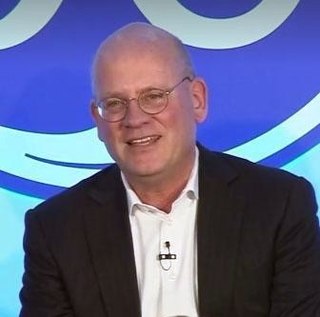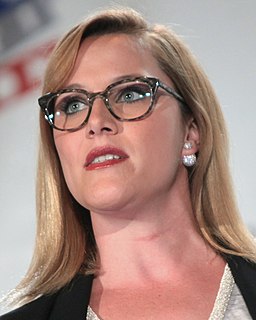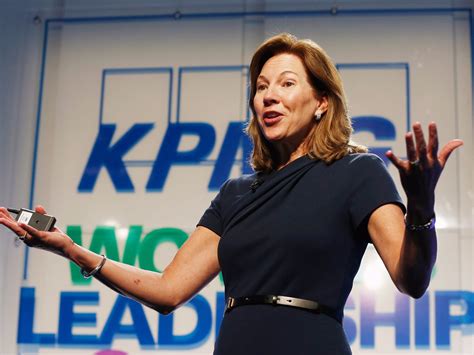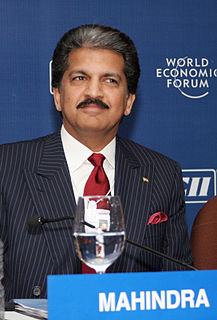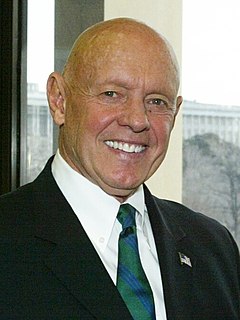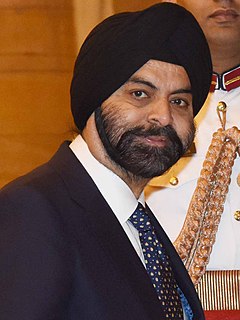A Quote by John L. Flannery
If you look across a 30-year career in the company, I've executed in a wide arrange of environments. In financial services all around the world, in industrial businesses, and in the acquisition and strategy work.
Related Quotes
At Travelers, we were much more opportunistic. It was very successful, but it wasn't an integrated financial services company. We had a property casualty company, a life company, a brokerage company. We were a financial conglomerate. It wasn't a unified, coordinated strategy of any sort. When it merged with Citi, that became a big issue; Citi, at that time, wasn't yet a fully integrated, coordinated company.
The single most damaging misconception about strategy is that it is a set of financial performance goals. The so-called "strategies" created by many managements are nothing more than three-to-five year financial performance forecasts. They are then labeled "strategy" and shipped off to the board of directors which goes through the motions of discussing how big the numbers are. Strategy is not your aspirations. Strategy is concerned with how you will arrange your actions and resources to punch through the challenges you face.
2009 was a tough year, but Australia rose to the challenge of the global financial crisis. It shows what can be done when we all join together and work together, governments of all persuasions state, territory and local; businesses large and small; unions and local communities right across the nation.
If your strategy calls for you to be in America, then you will go into America. If your strategy calls for you to be in M&A, then you'll do an acquisition. You usually acquire a company to acquire technology, geographic advantage, etc. Similarly, geographic expansion is very much like M&A. It's done to advance a strategy.
As we pursue our strategies world-wide, we accept a social and environmental responsibility as well. These responsibilities include the promotion of a sustainable economy and recognition of the accountability we have to the economies, environments, and communities where we do business around the world.
